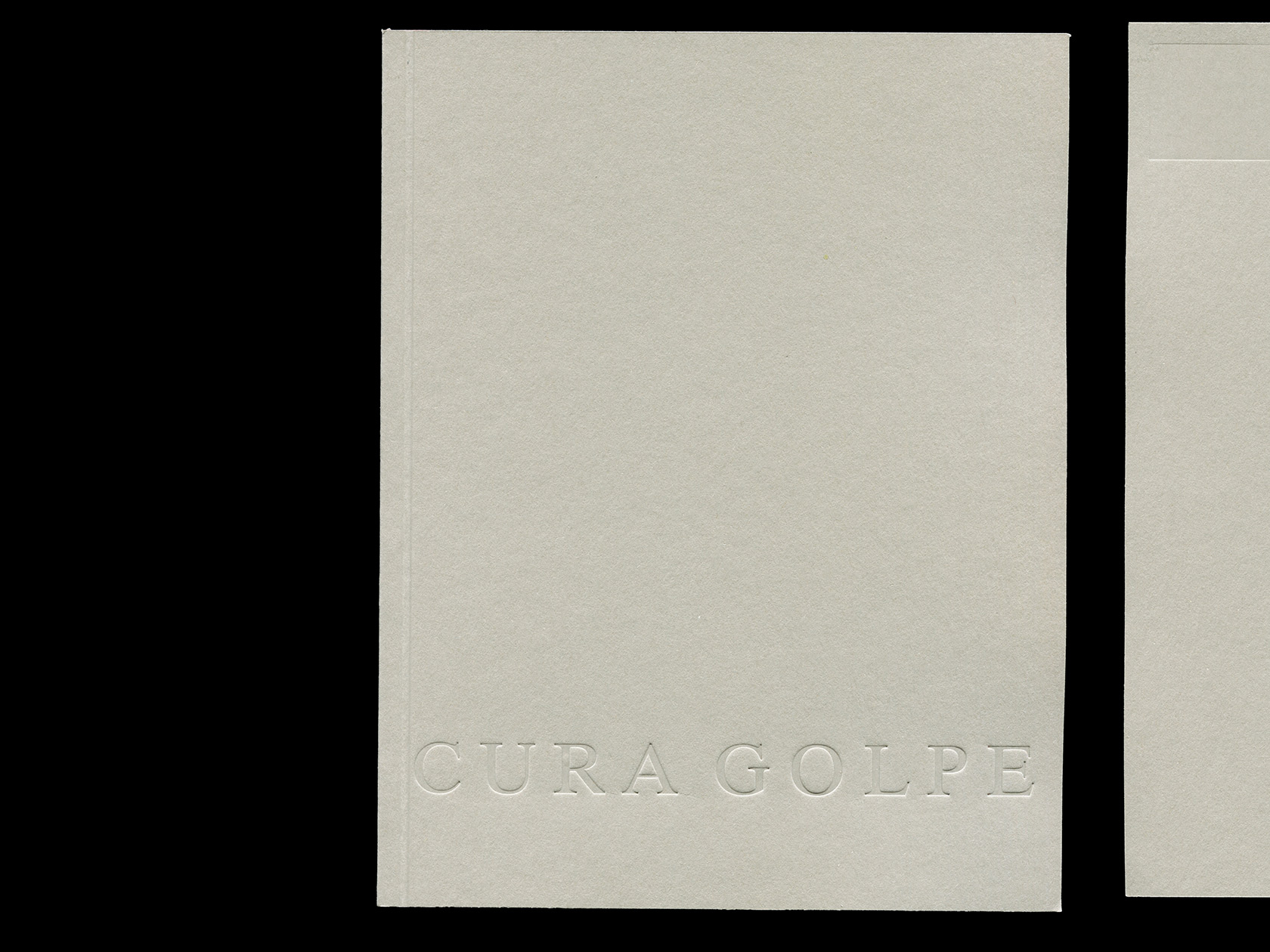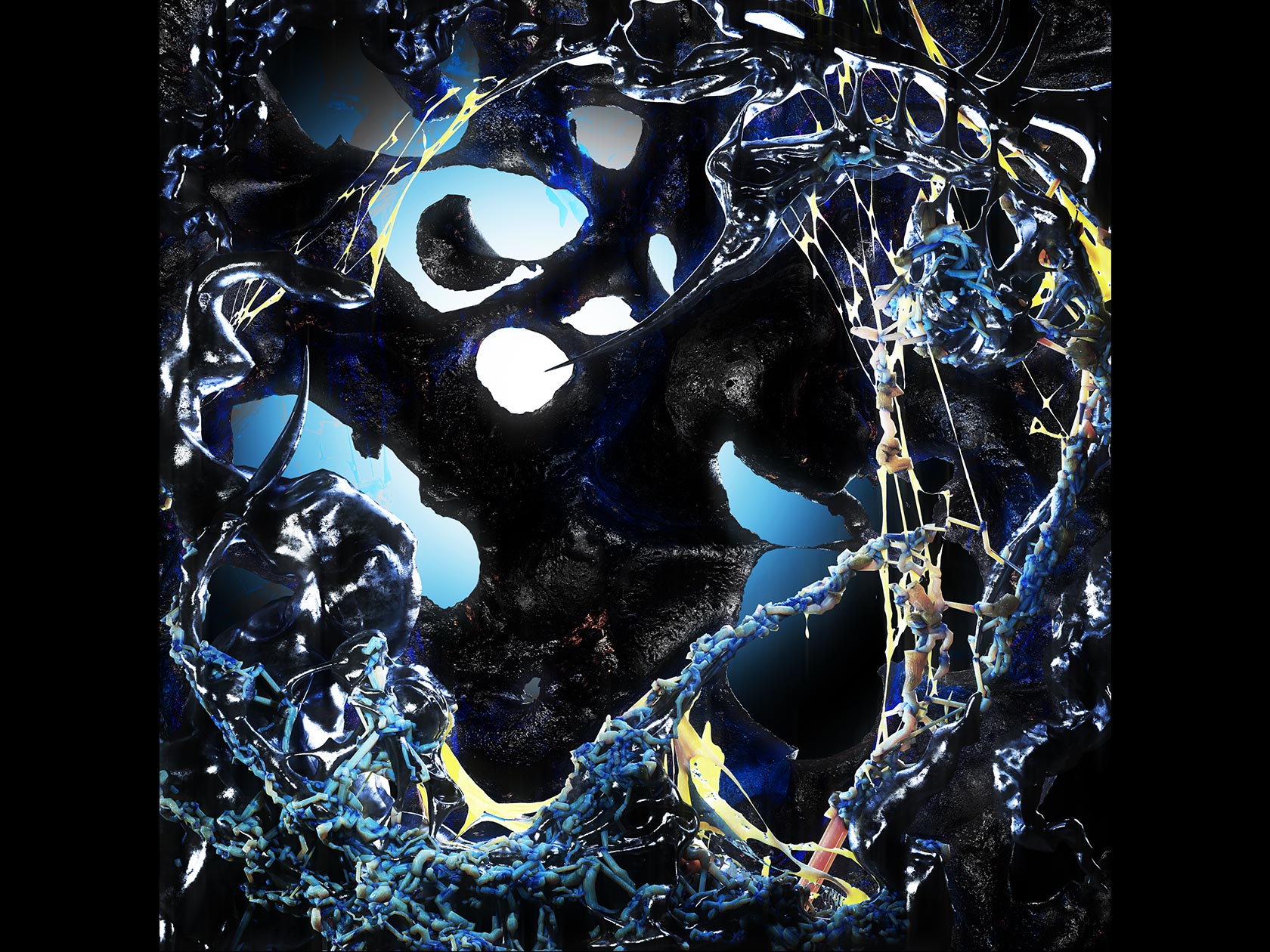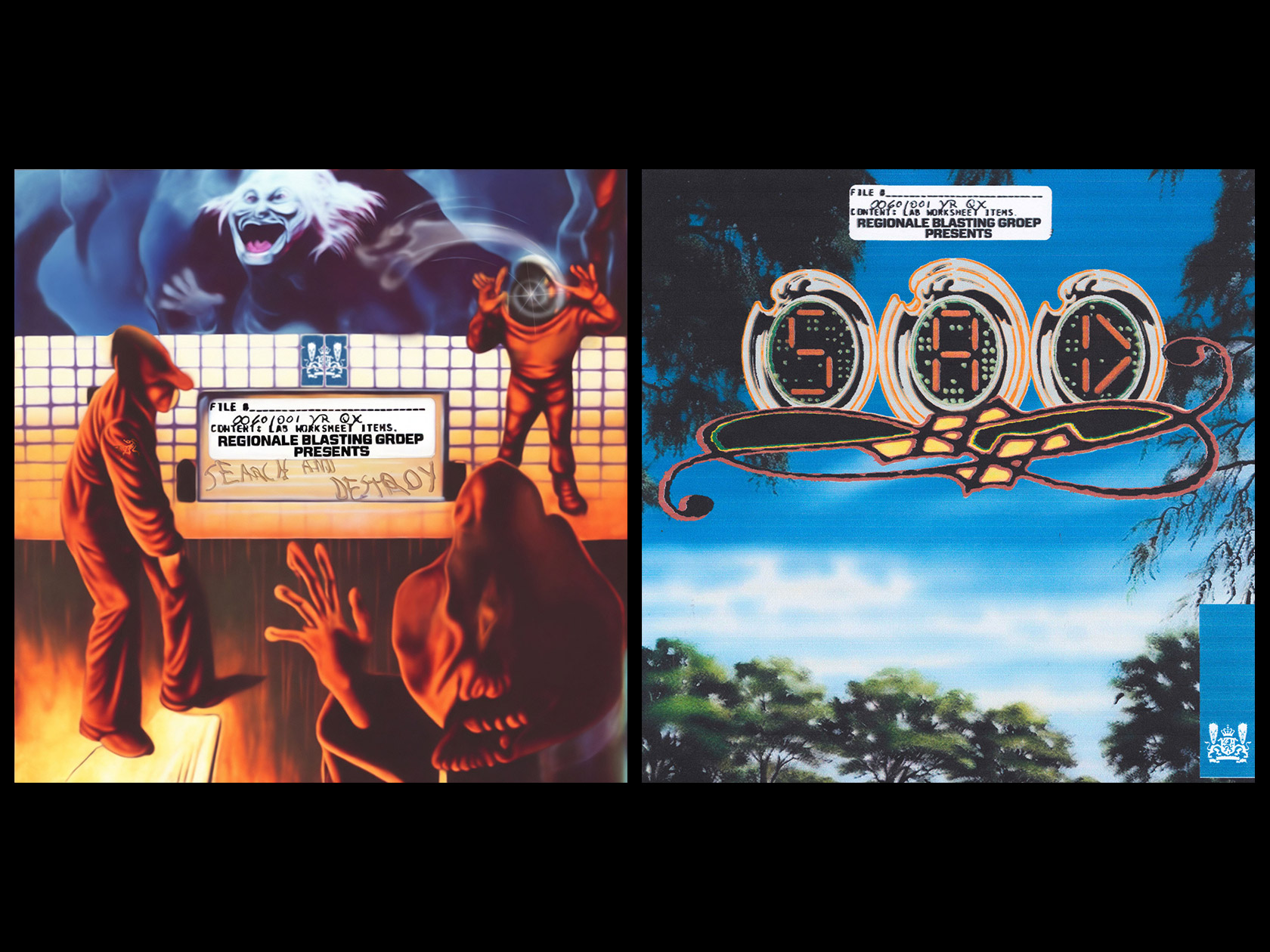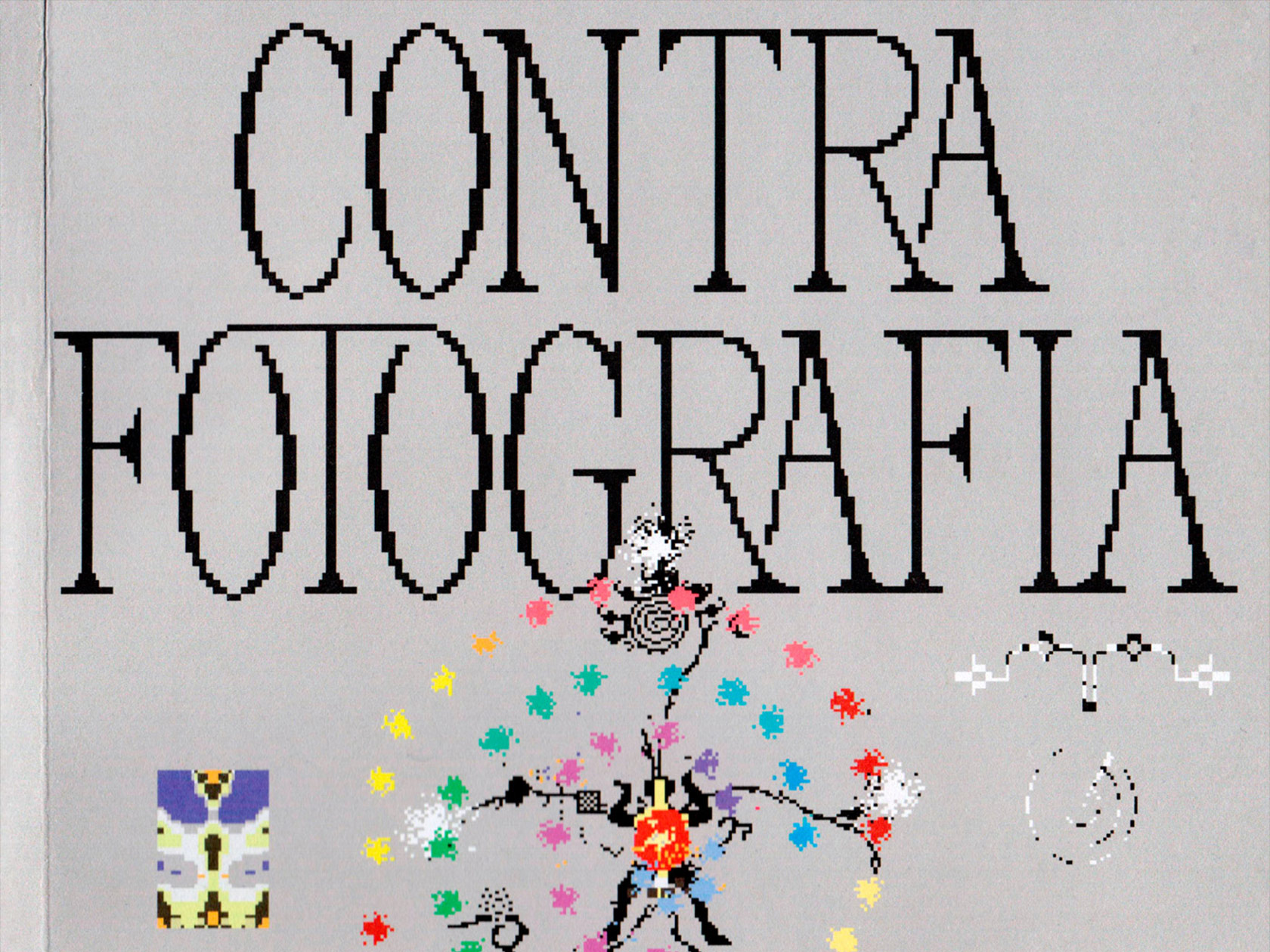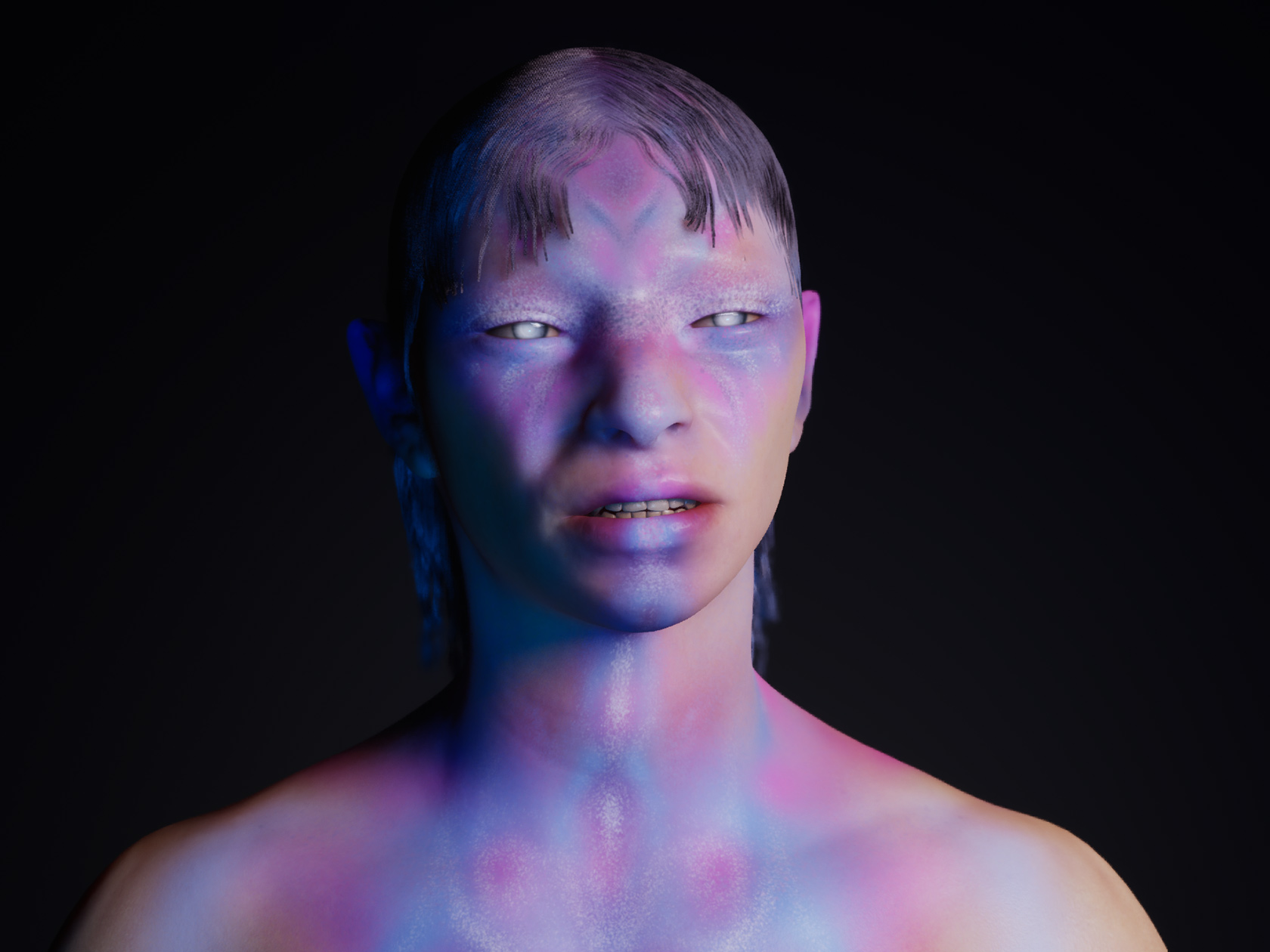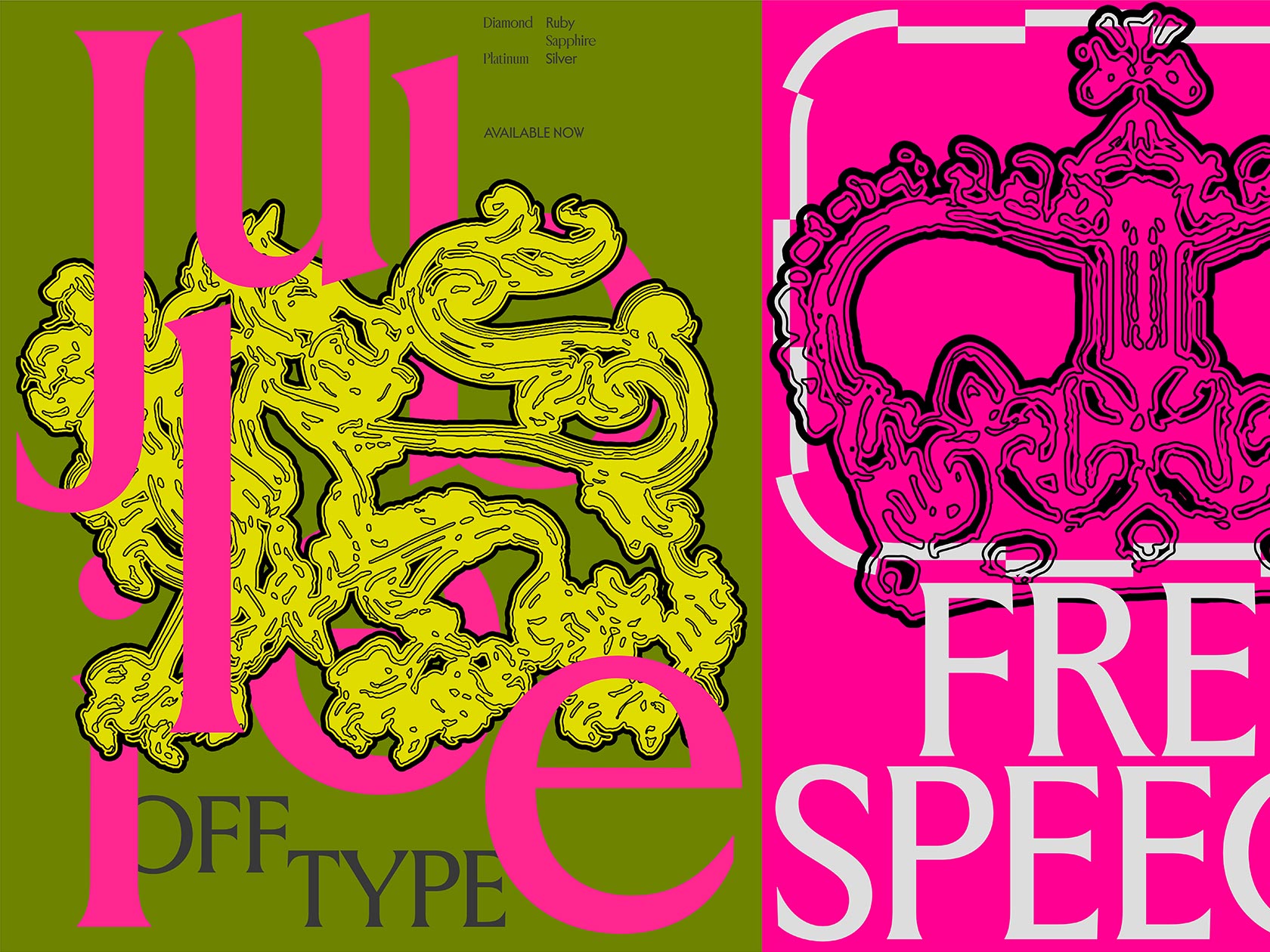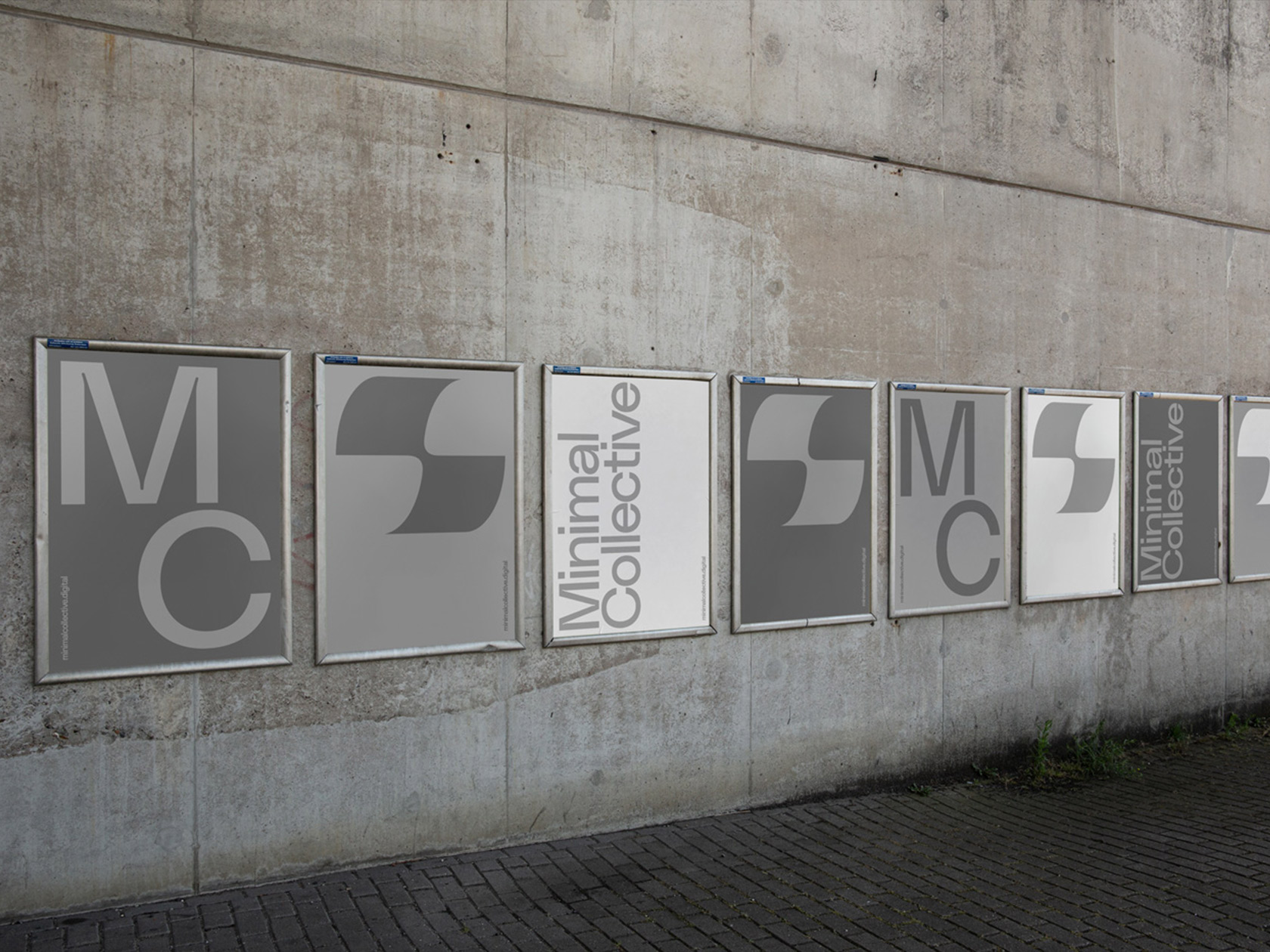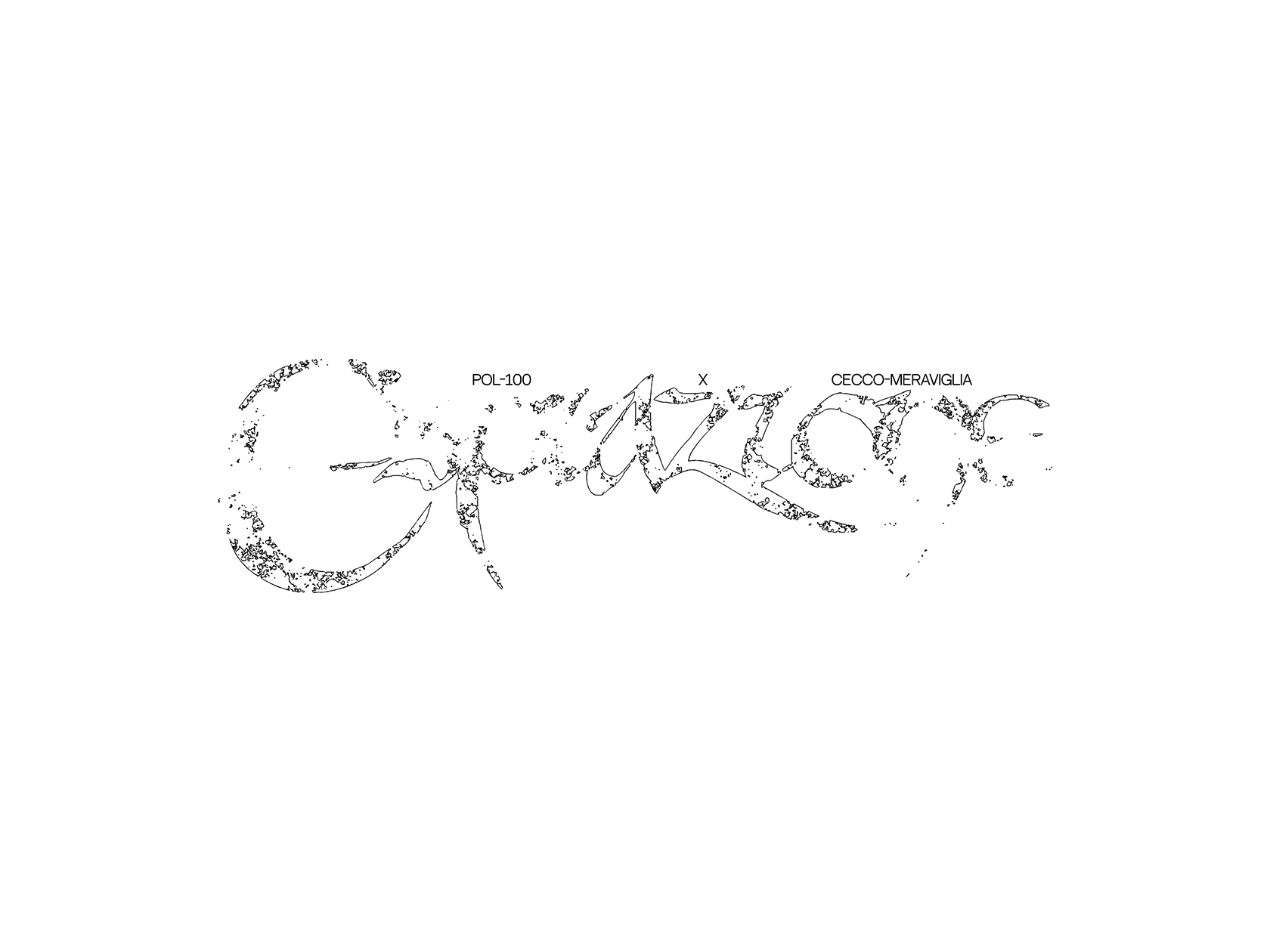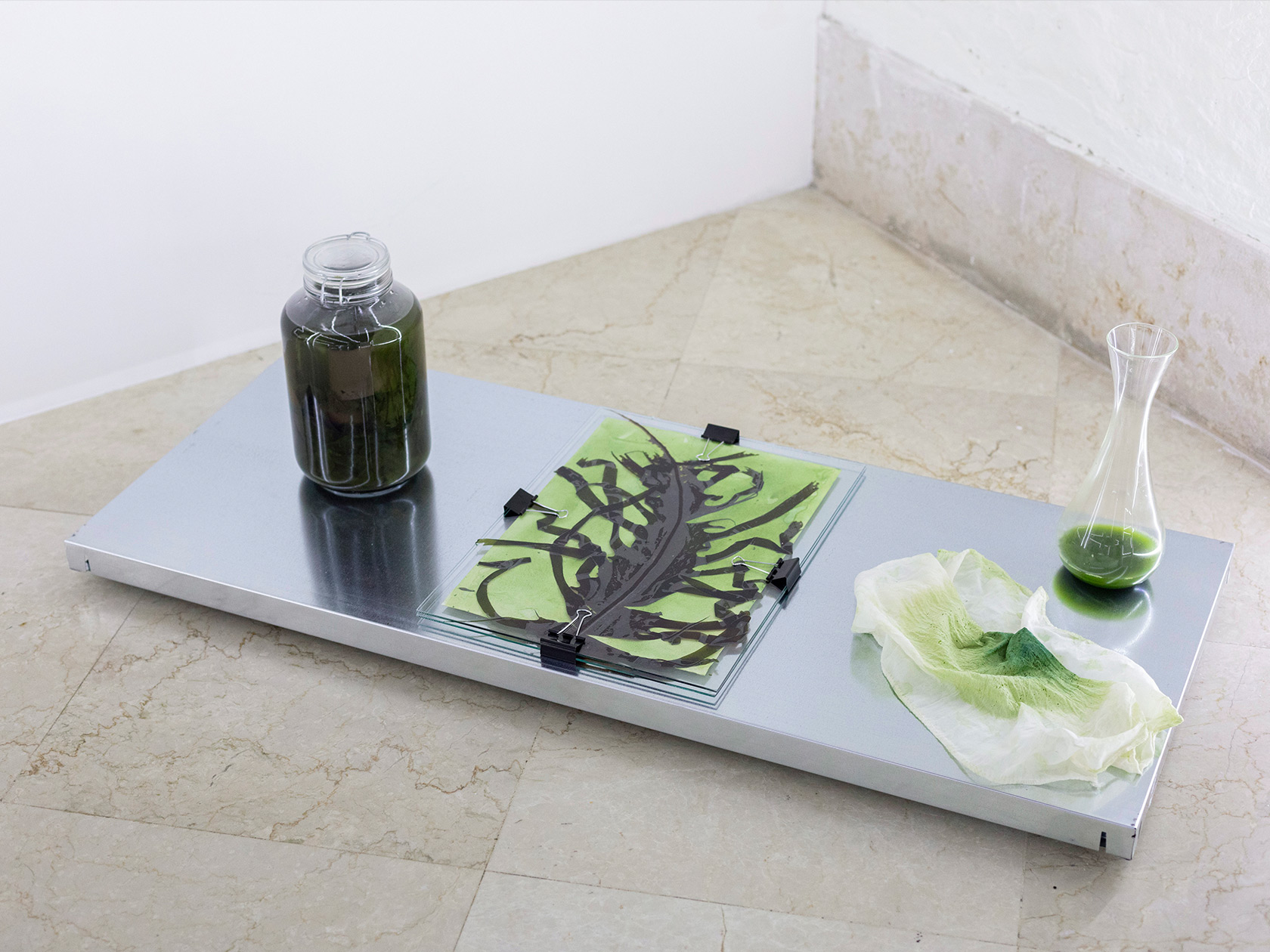Edgar Unger studied painting at the State Academy of Fine Arts Karlsruhe but taught himself sculpture, drawing, and installation art. He produces installations of found objects, paint, wood, moss, plastic, stone, and many other materials. When moving from Karlsruhe to Cologne, he collected his paintings, photos, and drawings in his first book“Cura Golpe” and assembled them as collages. Filled with sketches, personal notes, and an impressive collection of images sources from the internet and alternative social media platforms, it invites the readers to delve into Edgar’s world. It was published by Zentrale Books and released in conjunction with the solo show “My Own Private Idaho” by artist Anna Schmidt at the Center for Contemporary Art Karlsruhe on March 17, 2023.
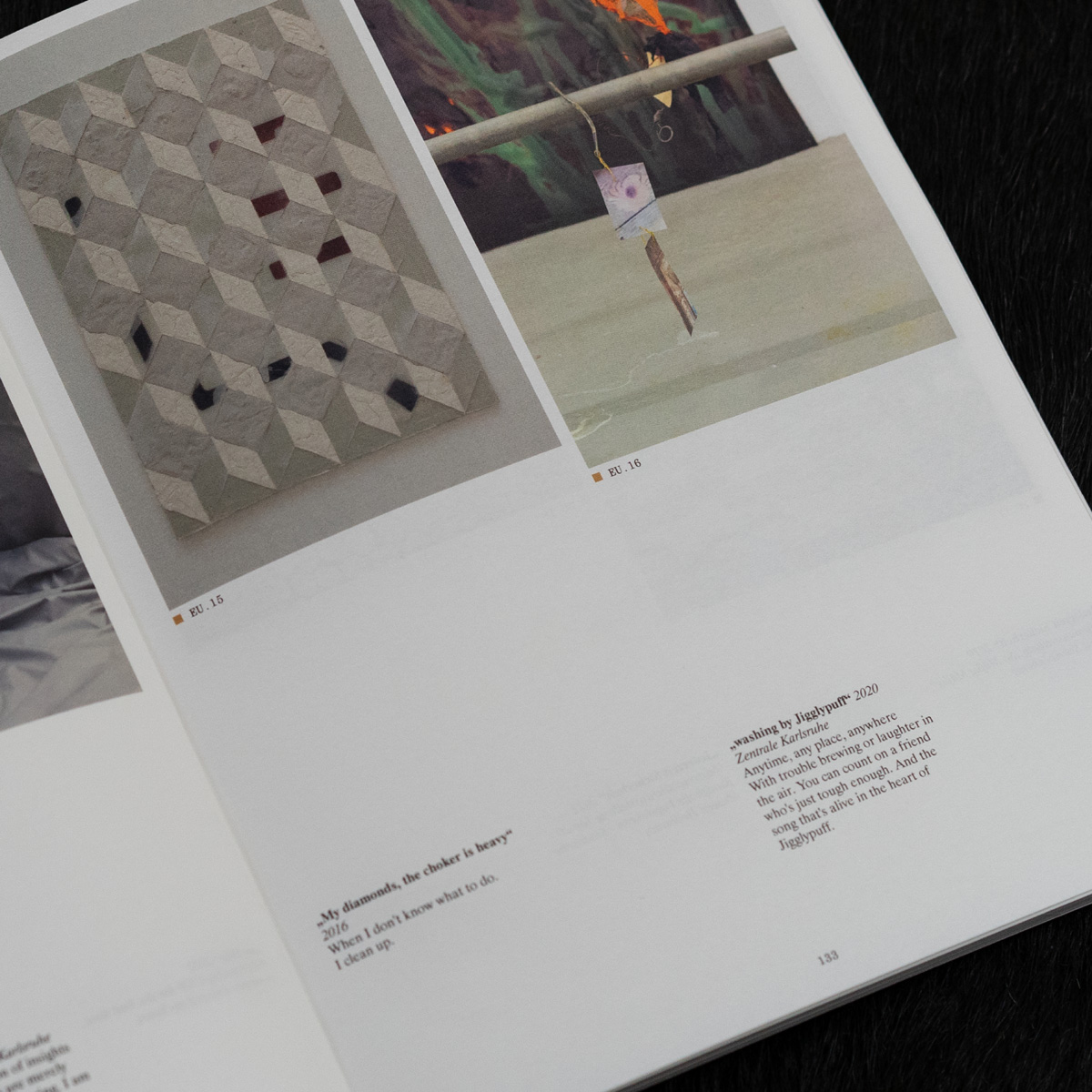
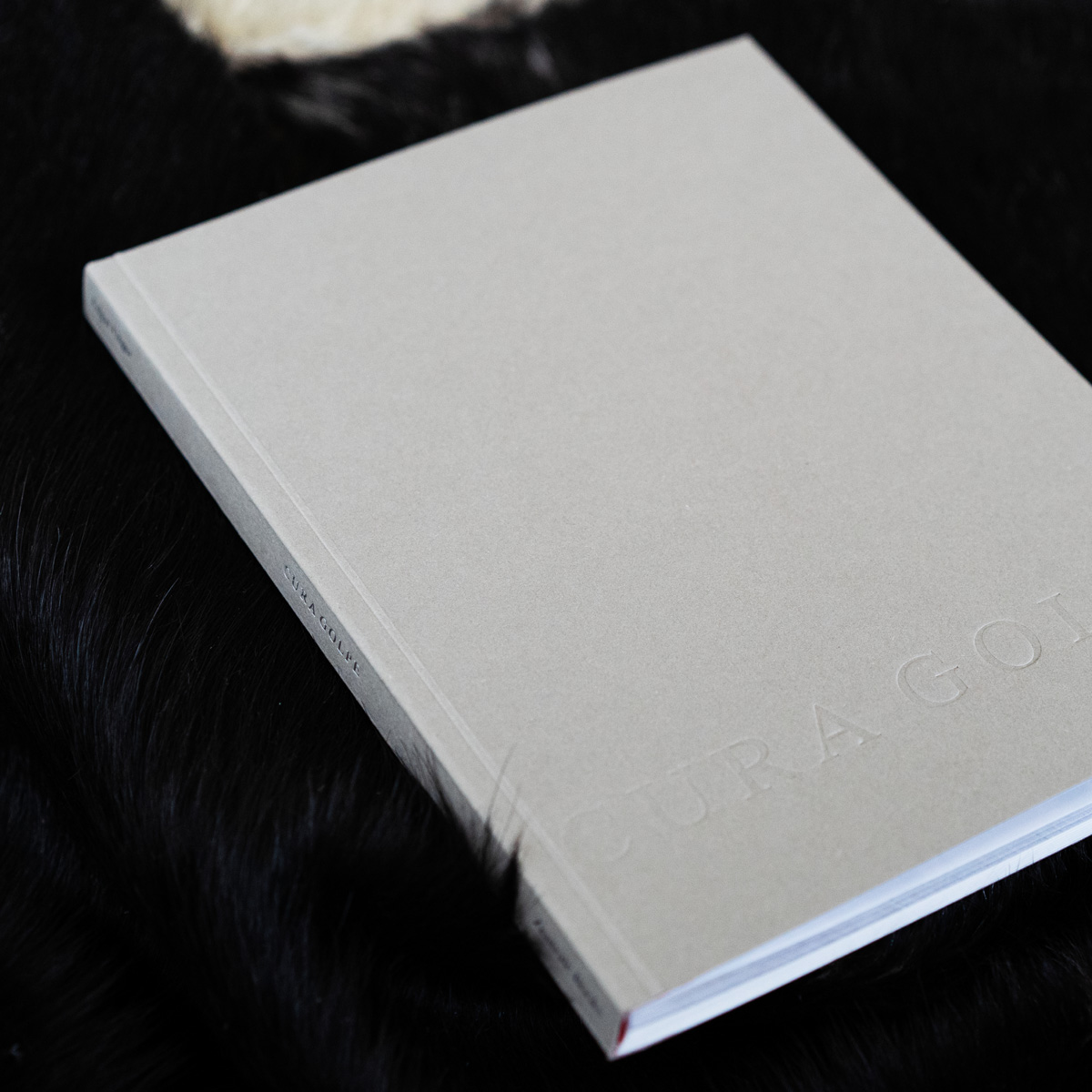
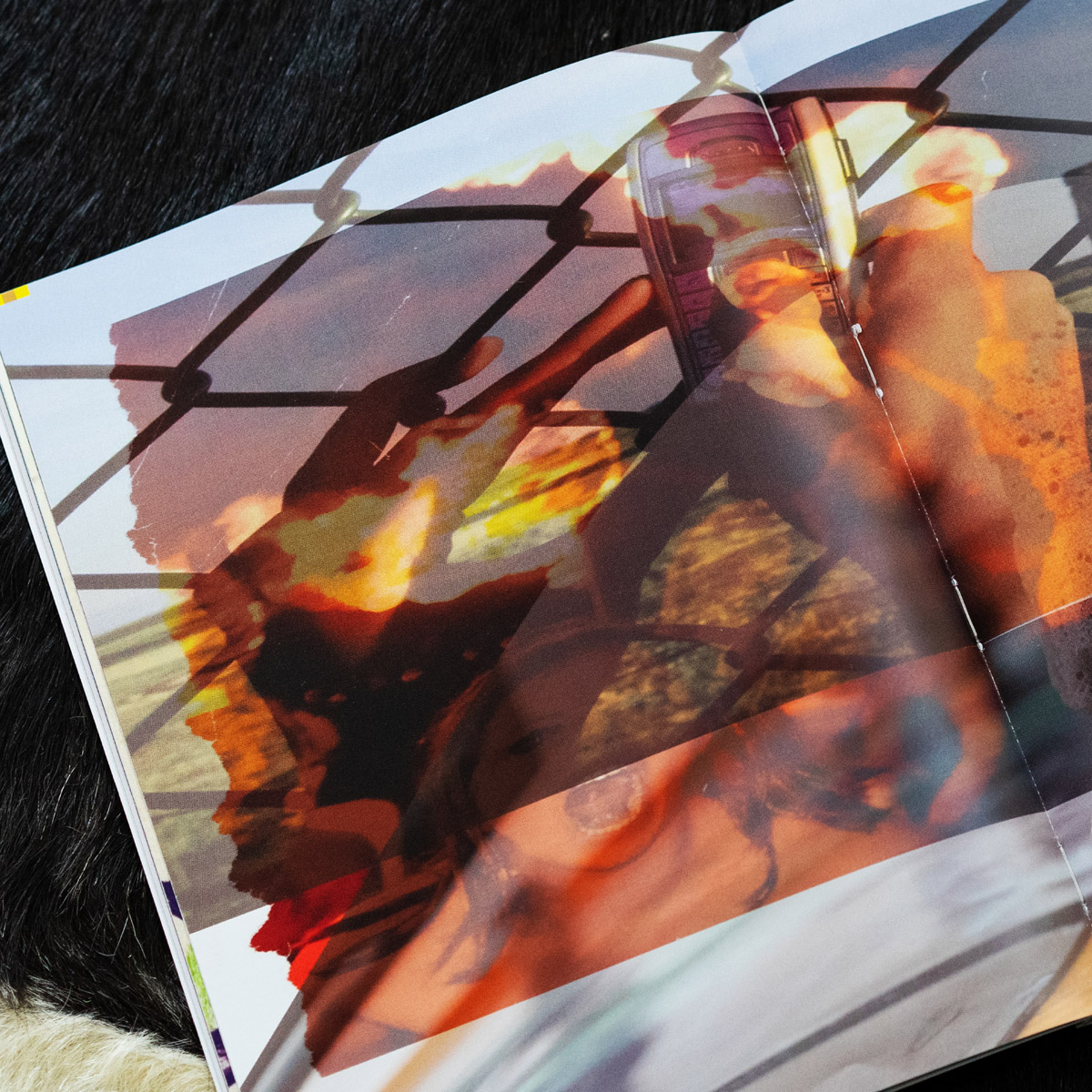
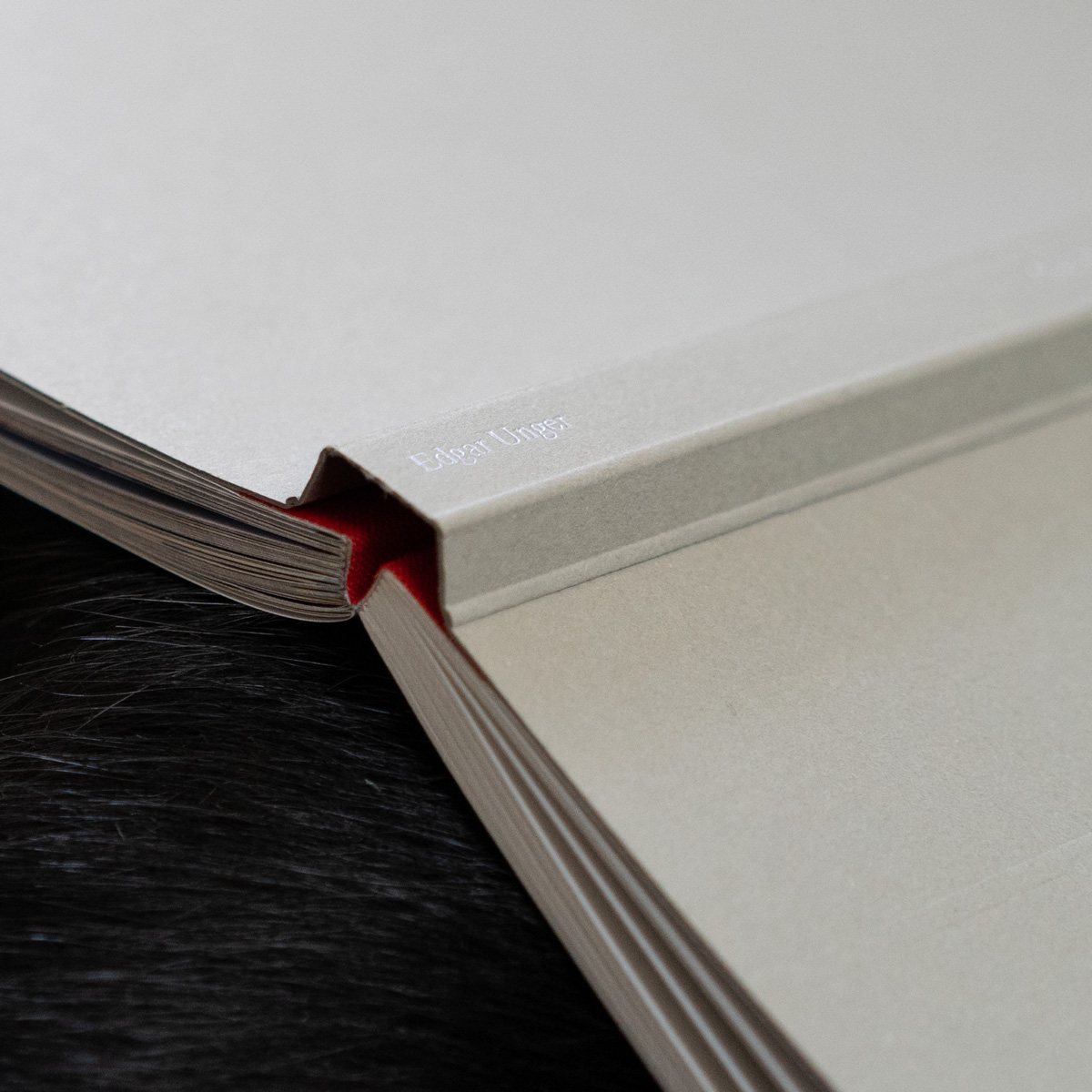
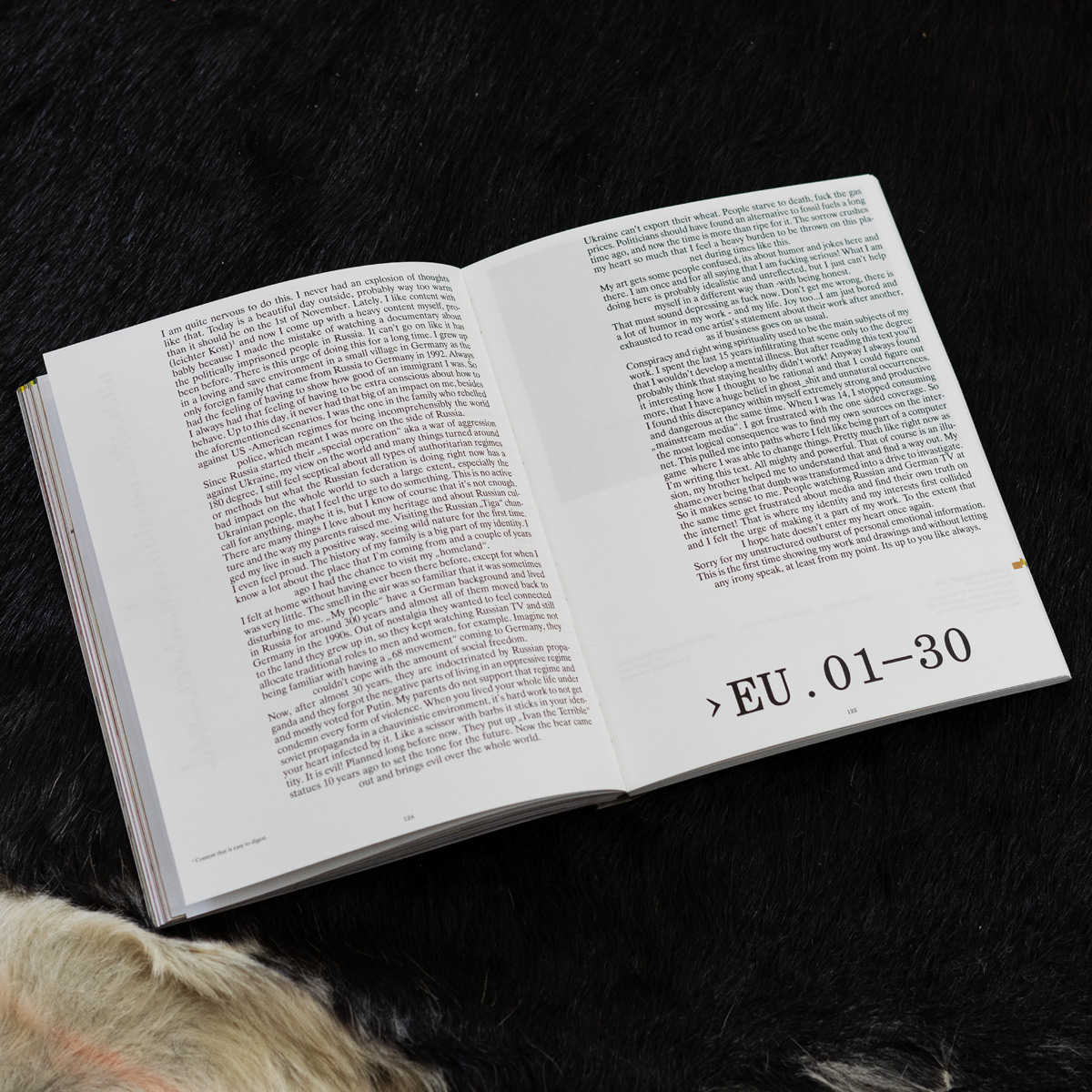
Düsseldorf-based graphic designer Max Schropp designed the book with the irresistible embossed cover. “Max was the first person that I really let into my world. It was the first time I worked with someone so closely. I always preferred working alone,” Edgar shares. This experience opened his eyes to how enriching collaboration can be if you find a respectful, non-intrusive way of working together.
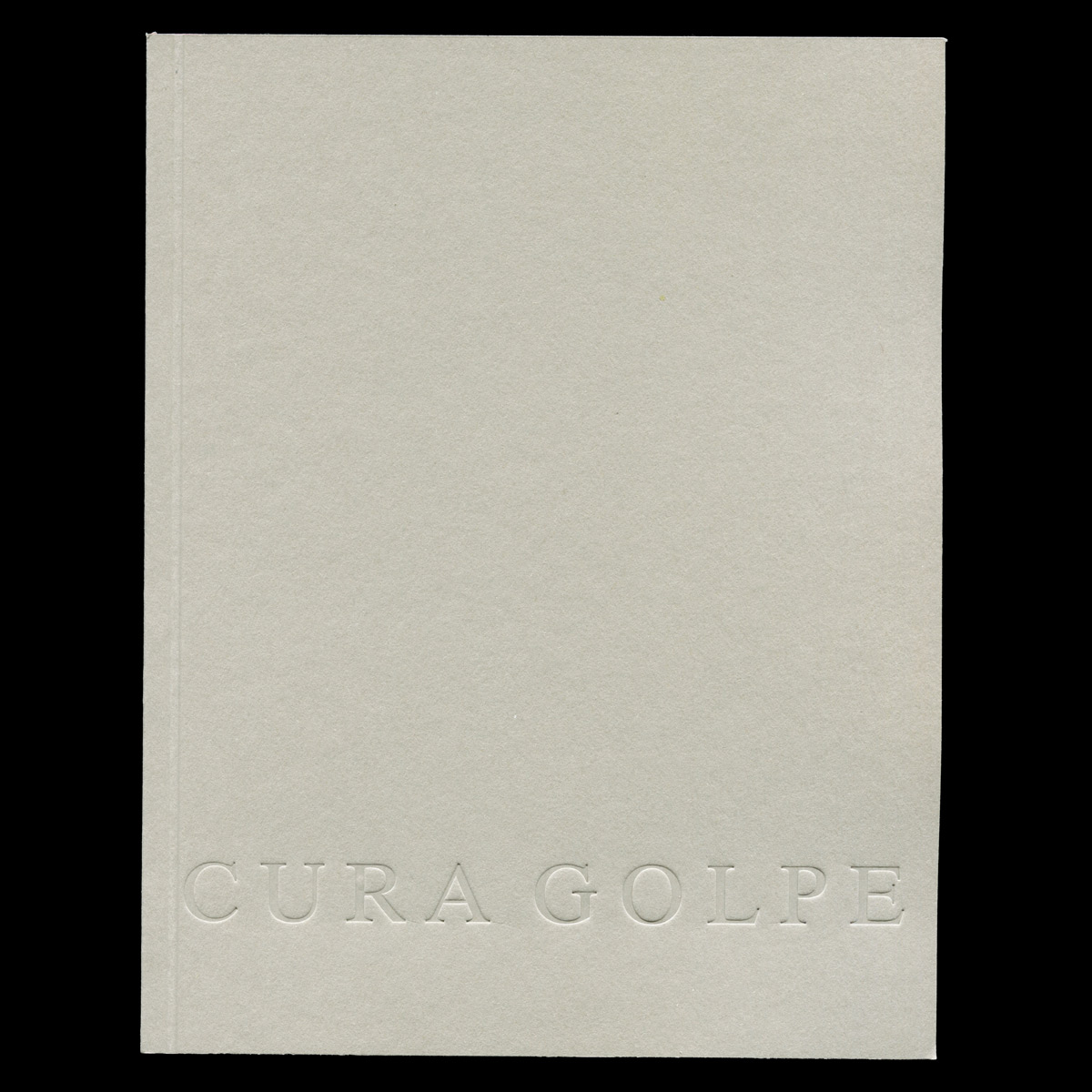
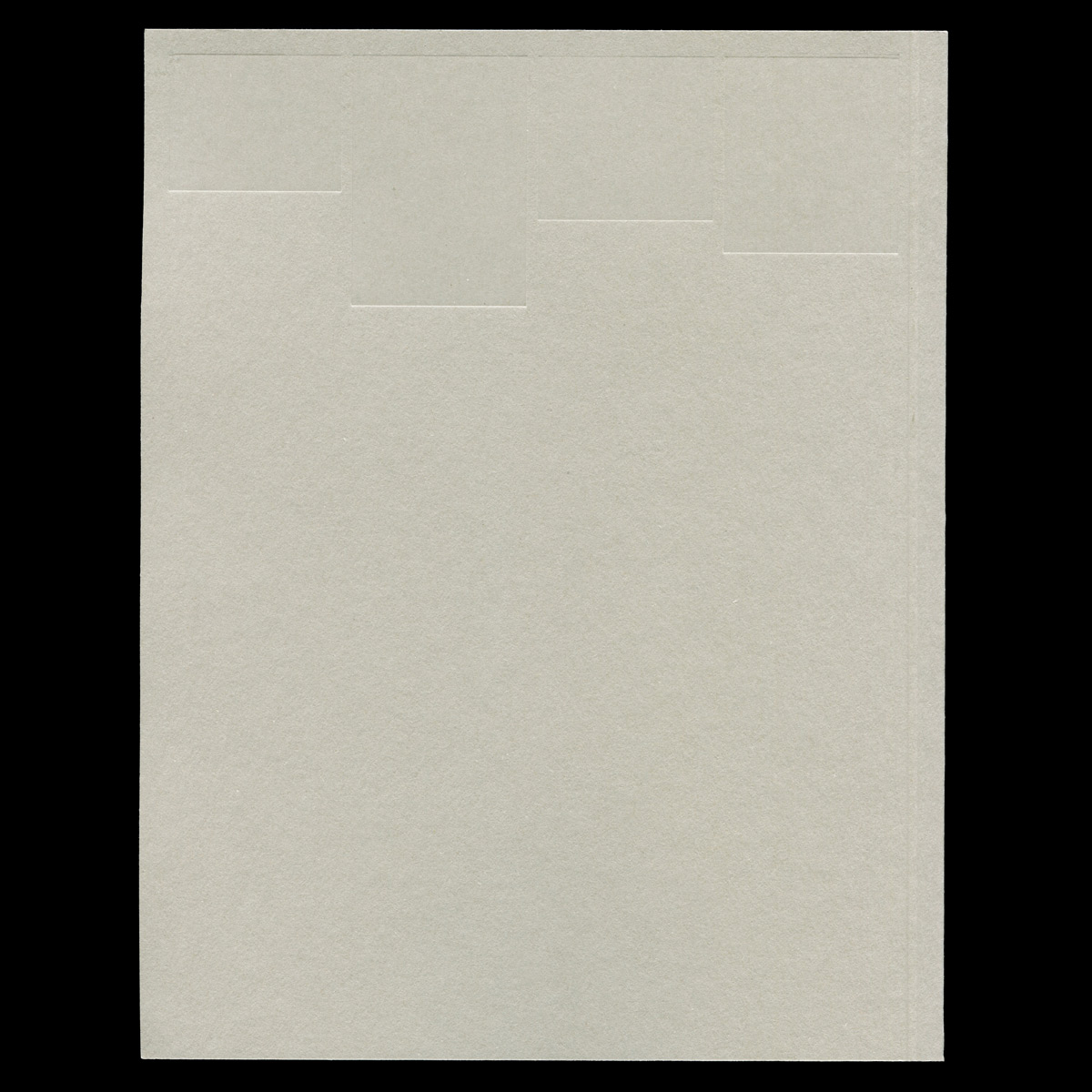
By combining two words from different languages, the book title refers to the discrepancy that can be found in Edgar’s work. Translated from Latin, Cura means “care” or “healing,” while “Golpe” is a Spanish word for “hit” or “stroke.” Drawing inspiration from digital sources, his work, by contrast, remains analog and handcrafted. It also hints at the sociological issues related to digitalization and universal access to information that Edgar addresses in his work. “The Internet can be a double-edged sword—a blessing and a curse. On the one hand, it is an advanced tool for sharing knowledge and fostering independence. On the other hand, there is this lack of data privacy and security,” he concludes.
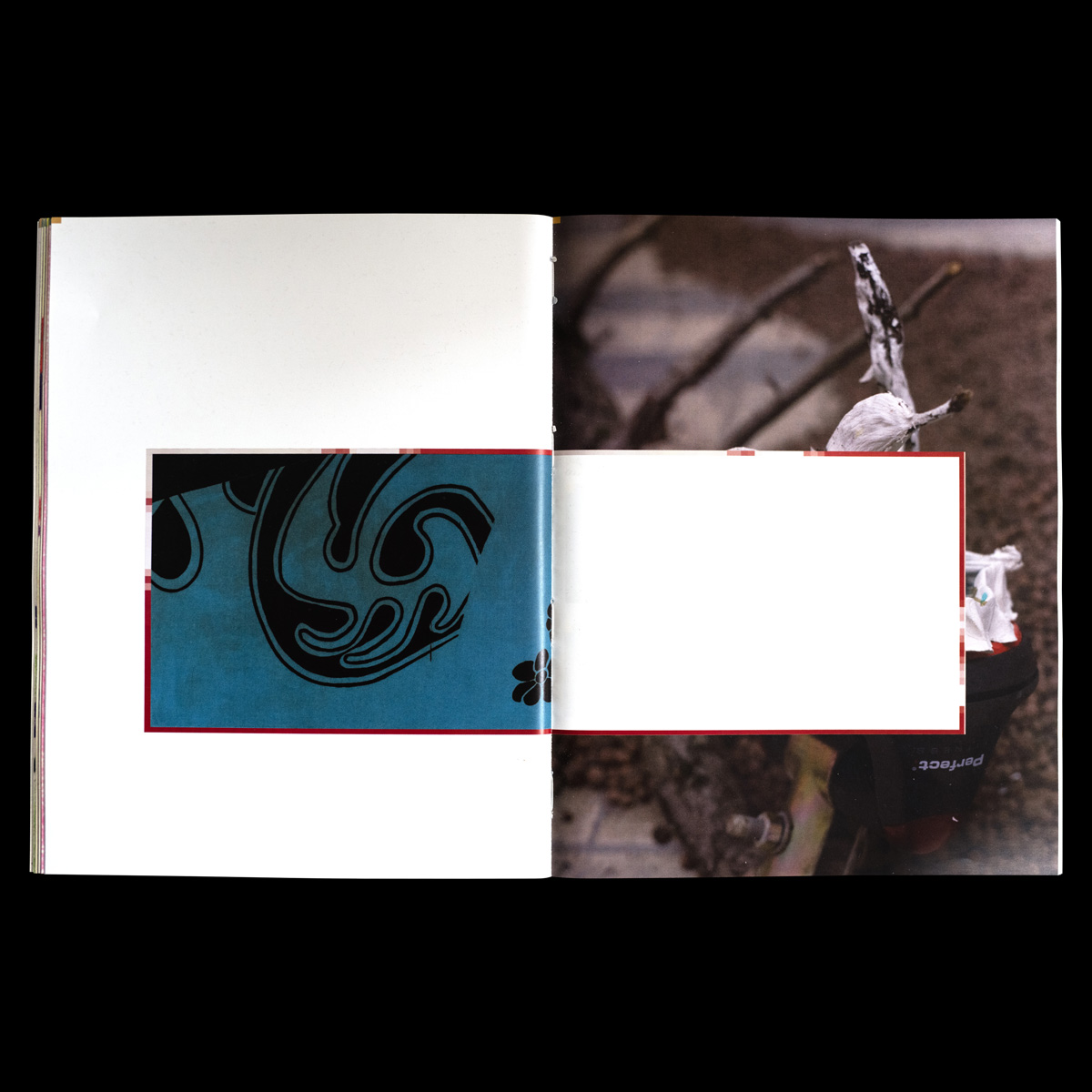
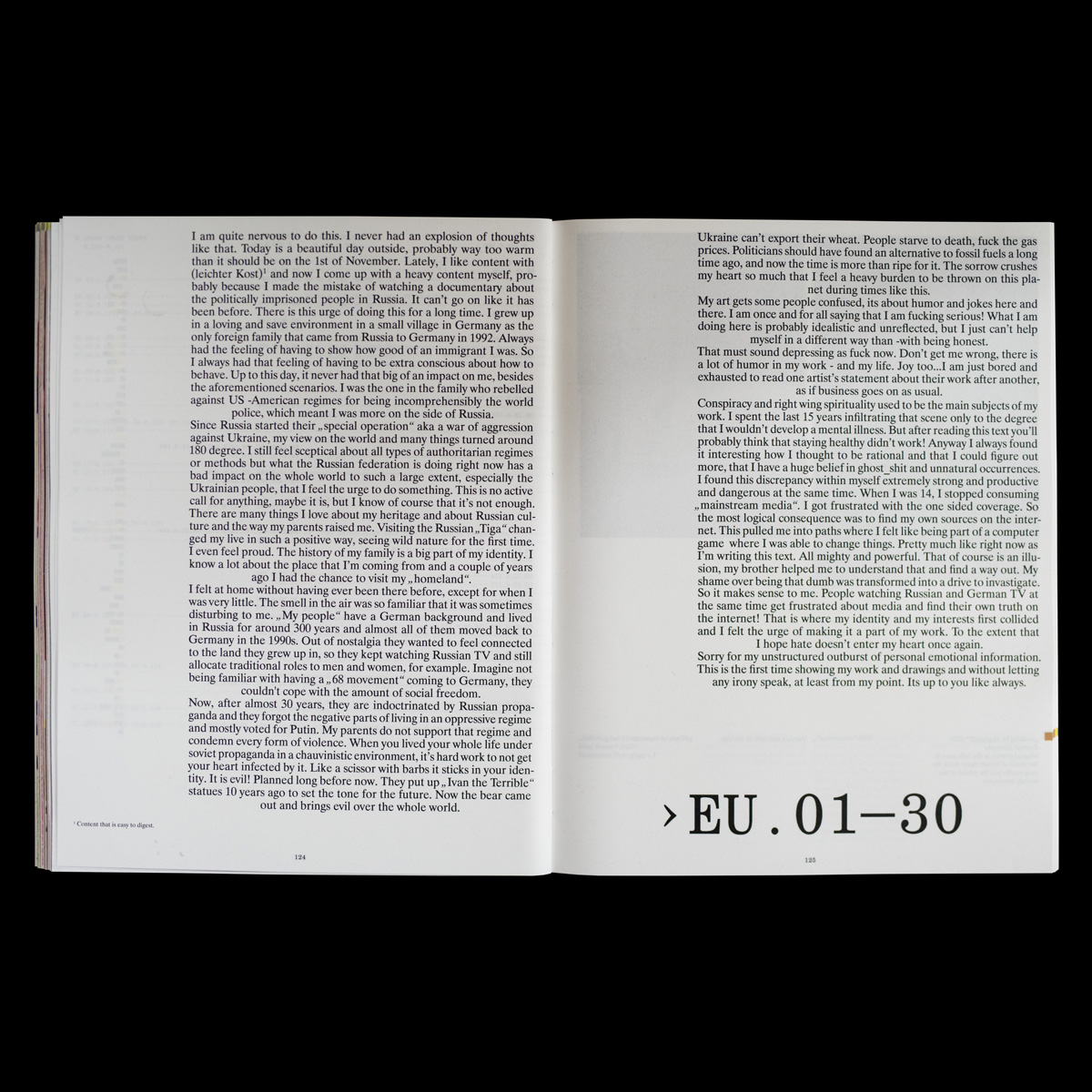
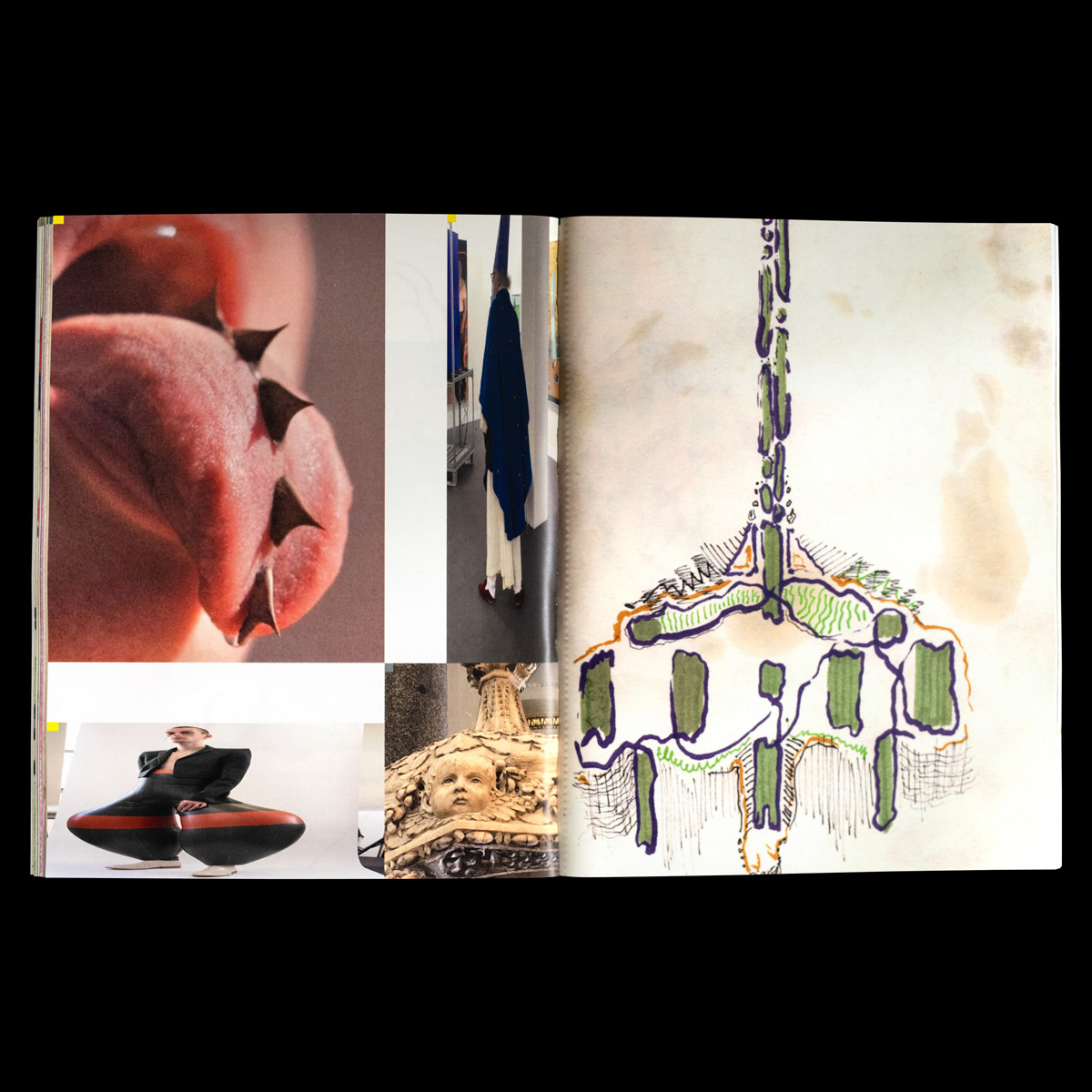
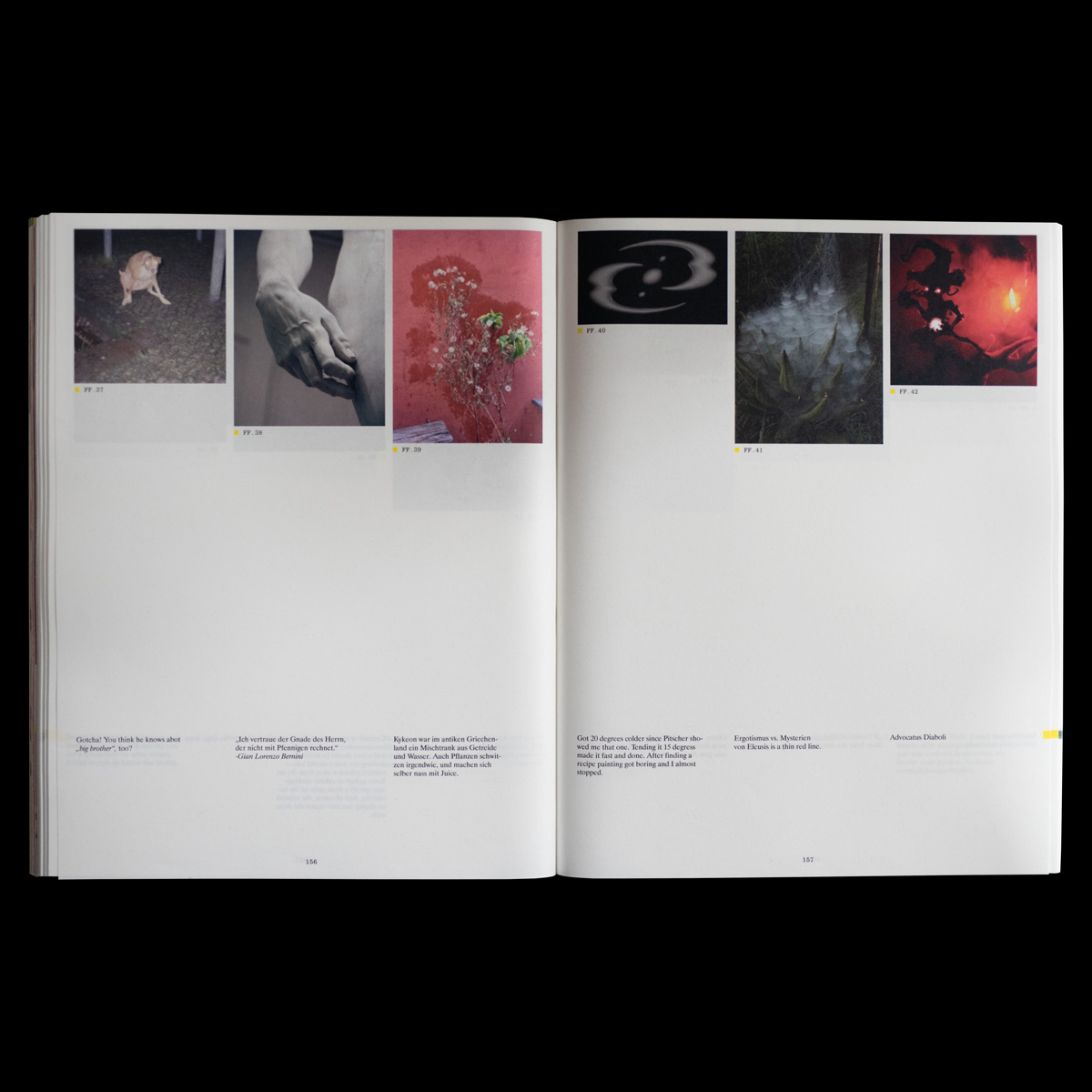
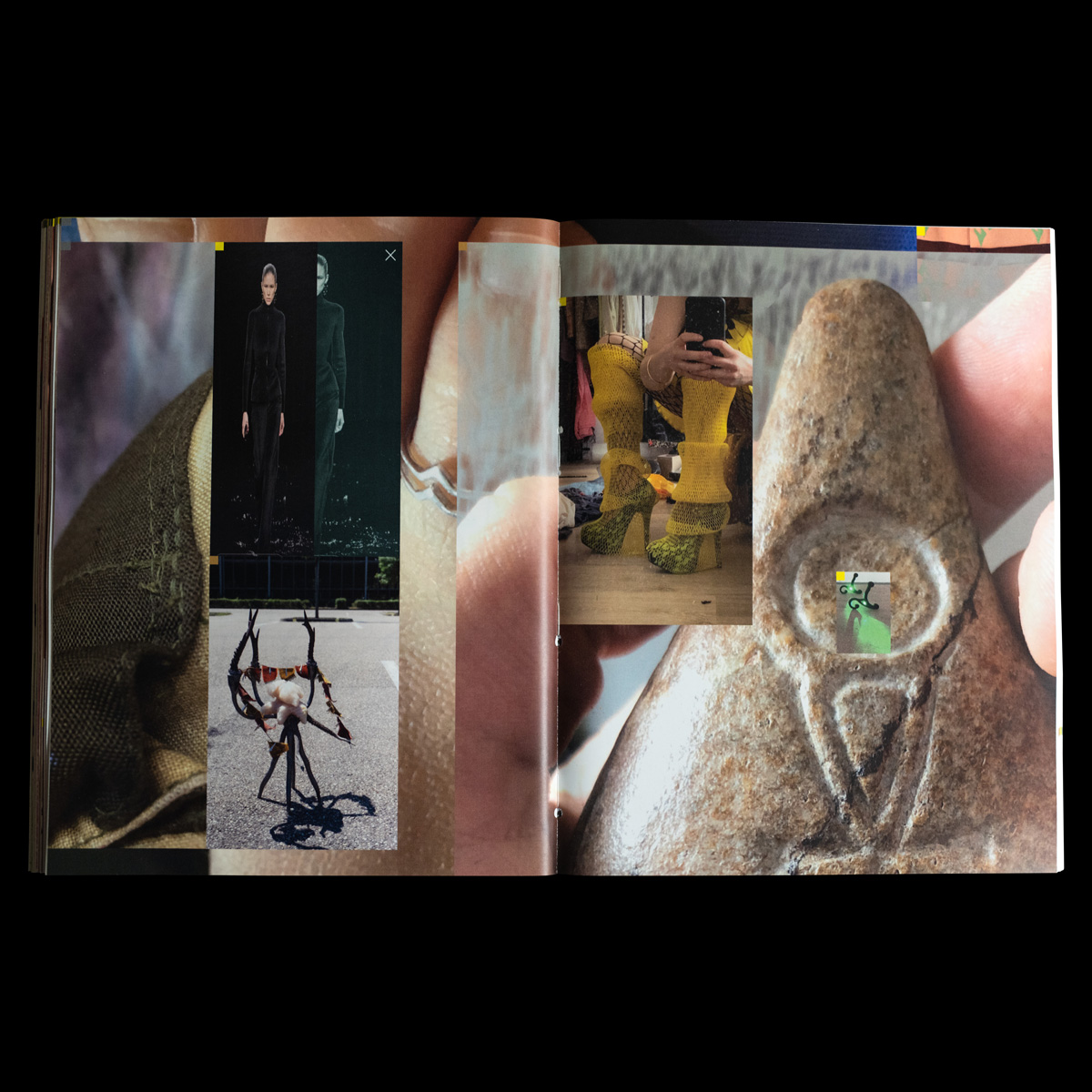
Due to his methodical and precise nature, Max took a more analytical approach and added a consistent tone of voice to the book. “Cura Golpe” is divided into two sections, with the first part devoted to the collection of Edgar’s work and research. “It was clear to me that this part of the book should stay as untouched and as pure as possible,” Max tells us. In stark contrast to the collage-like assembly of Edgar’s work—a reflection of his artistic practice—the second section contains a detailed index of his work, divided into four categories and sorted by color codes. “Like the contrast in his works, I tried to counter the narrative world of his images with a very analytical and systematic approach,” Max explains. Clever, minimalist, and carefully detailed, the index “adds a new layer of understanding to Edgar’s work” and allows the reader to make new discoveries through the methodical assembly of images.
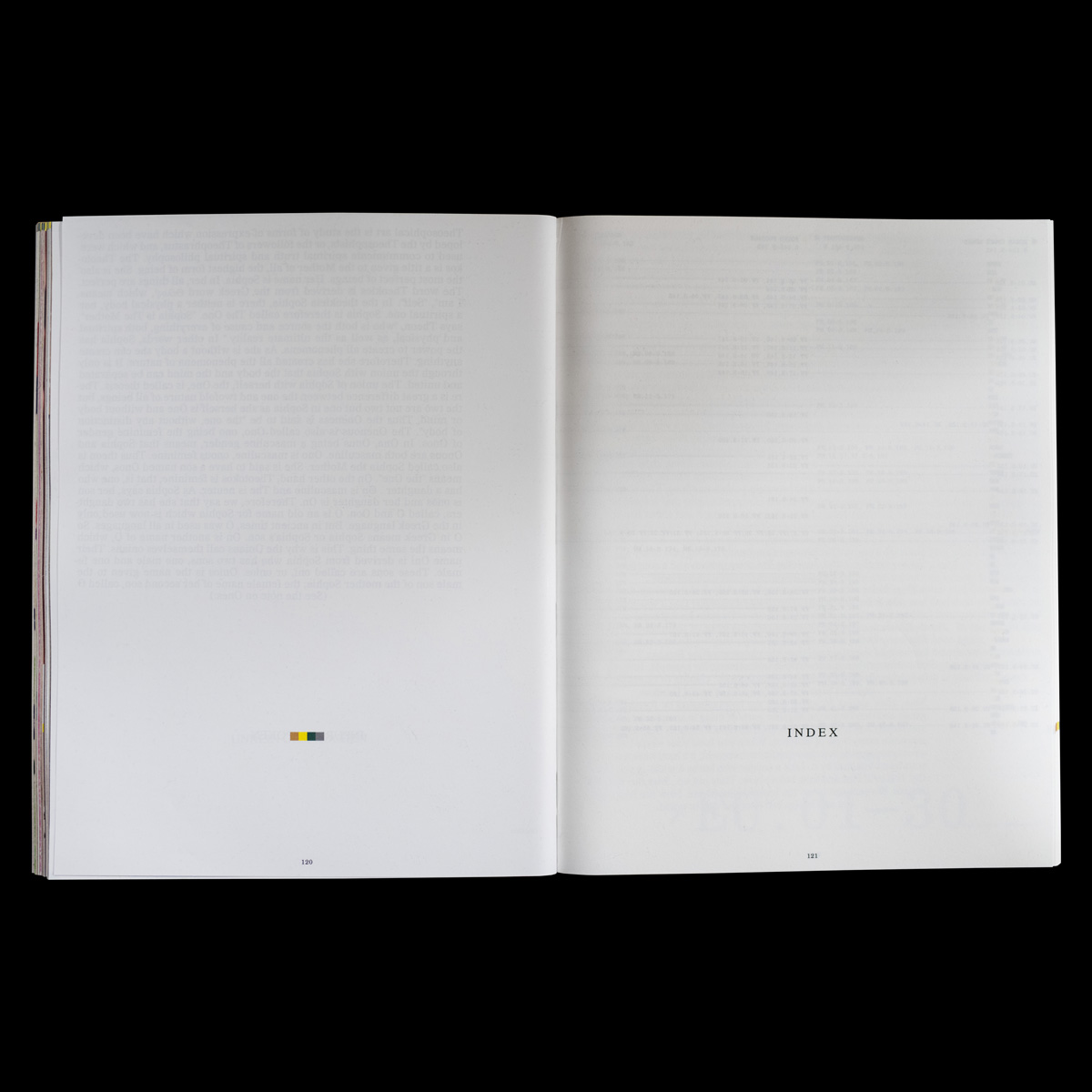
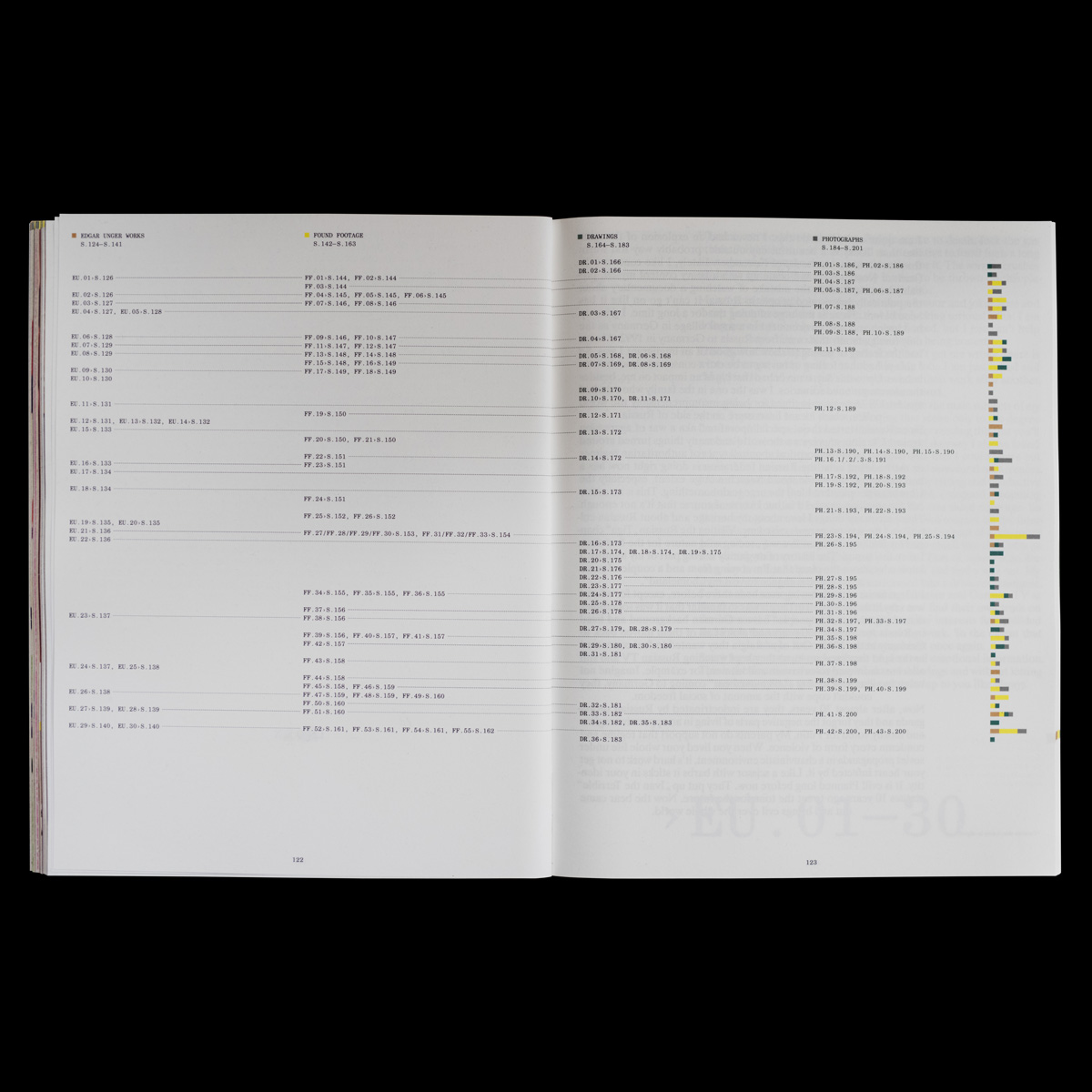
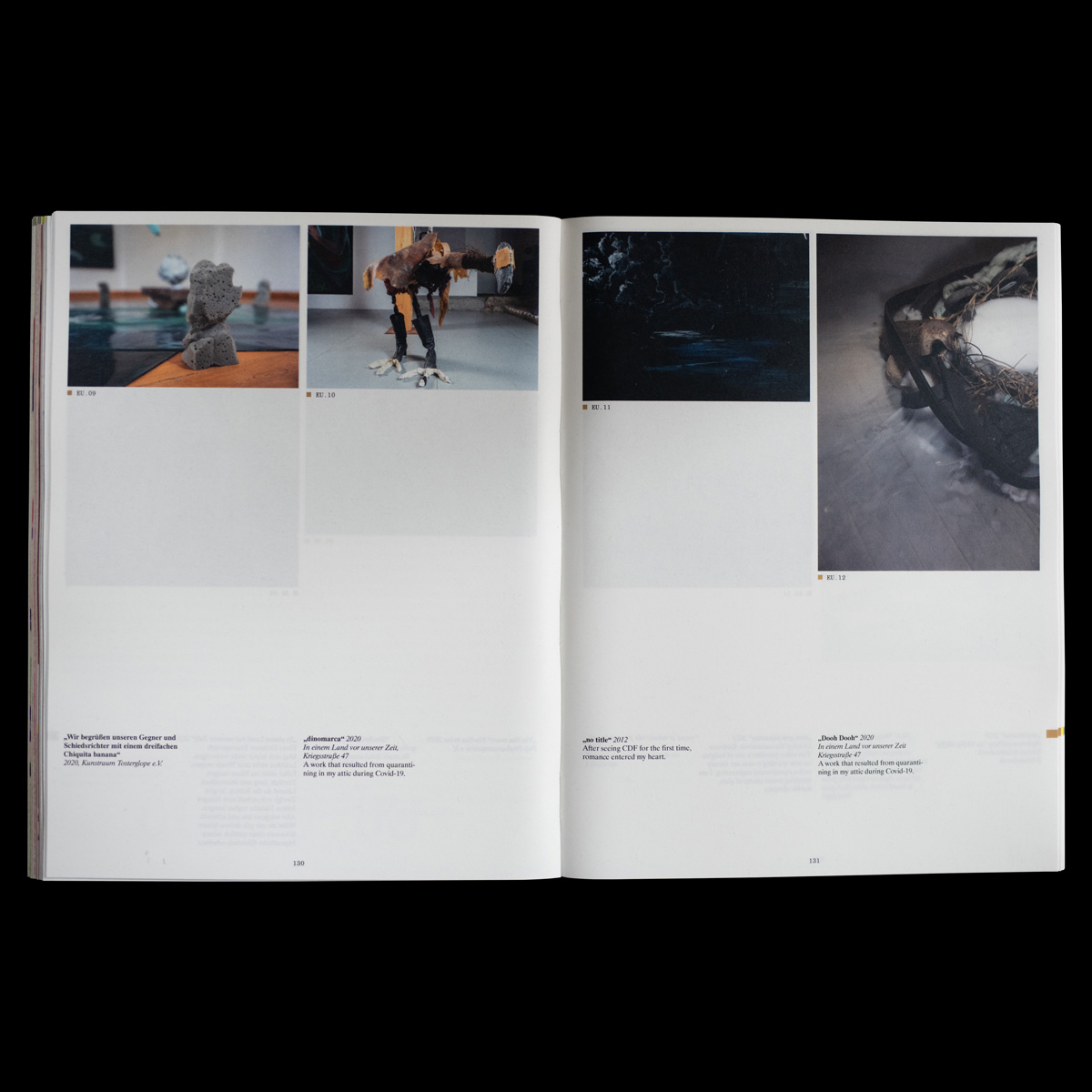
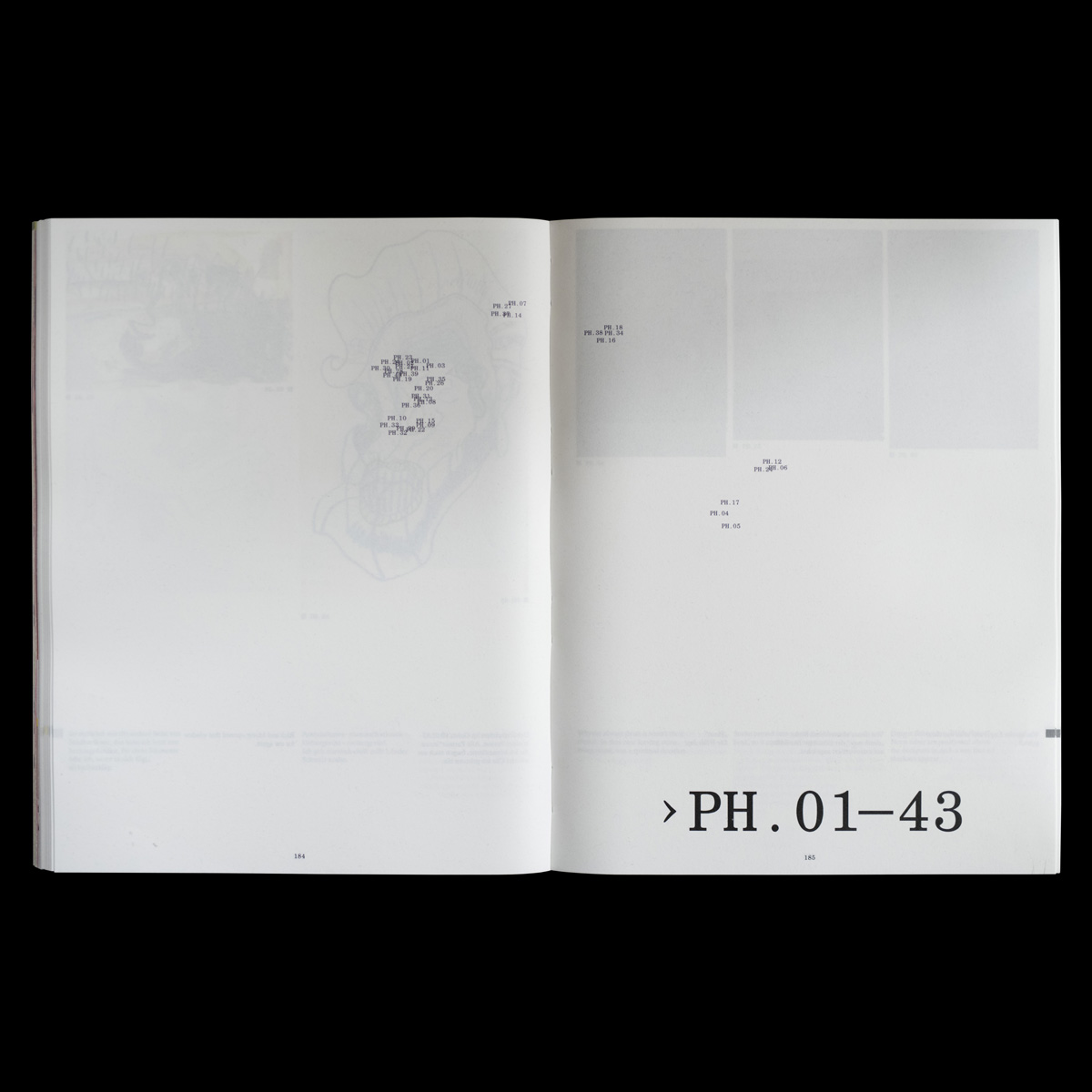
The carefully curated archive of Egar’s works offers a profound look into his artistic process and showcases his unique approach to sculpture, drawing, and installation art.

